On October 25, Politburo member and Standing member of the Secretariat Truong Thi Mai signed and issued Directive No. 25-CT/TW on "continuing to strengthen, improve and enhance the quality of grassroots health care activities in the new situation".
The Directive clearly states that after 20 years of implementing Directive No. 06-CT/TW of the 9th Party Central Committee Secretariat on strengthening and perfecting the grassroots health care network and Conclusion Notice No. 126-TB/TW of the 11th Party Central Committee Secretariat on 10 years of implementing Directive No. 06-CT/TW, grassroots health care activities have achieved important results in primary health care, participation in health insurance examination and treatment, disease prevention and control, and expanded vaccination. The grassroots health care network covers the whole country and has been strengthened in terms of facilities, equipment, and human resources.
However, policies and laws on grassroots health care are not yet complete; some Party committees and authorities have not yet fully recognized and promoted the role, position and importance of grassroots health care; have not paid due attention to leadership and direction in consolidating and enhancing the capacity of the grassroots health network, especially in responding to epidemic emergencies. The grassroots health organization model is not yet stable; primary health care, disease prevention and early detection, disease management, management and improvement of people's health, and service quality have not met requirements, especially in remote areas, ethnic minority areas. Resources, facilities, equipment, drugs and medical supplies are still limited; policies and regimes for staff are not appropriate, failing to attract people with good professional qualifications to work long-term in grassroots health care.
To improve the quality and efficiency of grassroots healthcare operations with the view that grassroots healthcare is the foundation, firmly develop the grassroots healthcare system, and build a widespread healthcare network close to the people, the Secretariat requires Party committees and organizations at all levels to focus on leading and directing the good implementation of a number of key tasks and solutions:
Raising awareness and responsibility of Party committees, Party organizations, authorities, and the political system about the role, position, and importance of grassroots health care in primary health care tasks; first aid, medical examination and treatment; personal health management and non-communicable diseases; disease prevention and control and improving people's health through public health programs and population work, creating conditions for all people to receive regular health care right in the community, towards universal health coverage.
Strengthening leadership, direction, inspection and supervision of the government and professional agencies in carrying out their responsibilities, improving the quality of operations and facilitating people's access to and use of grassroots health services, especially those in remote areas and ethnic minority areas, in line with the goal of ensuring fairness in protecting, caring for and improving people's health. Heads of Party committees, Party organizations, governments and the health sector must uphold their responsibilities for grassroots health activities within their scope of responsibility.
Regularly propagate, mobilize, raise awareness and responsibility for cadres, party members and people on the motto of disease prevention is better than cure, the requirements of primary health care and the role and tasks of grassroots health. Expand and diversify communication activities, health education , disseminate knowledge to raise awareness, change behavior in protecting, caring for and improving health. Promote the movement of training and improving the health of the whole population.
Improve the effectiveness of state management and the coordination responsibility of agencies and organizations in developing and implementing policies and laws on grassroots health. Focus on integrating grassroots health indicators and health and medical indicators into the national and local annual, 5-year and 10-year socio-economic development strategies and plans.
Perfecting policies and laws on primary health care in line with policies and laws on health insurance, medical examination and treatment, pharmaceuticals, prevention and control of infectious diseases, food safety, etc. to ensure that primary health care plays a leading role in disease prevention, medical examination and treatment, and health care for the people. Encouraging private health care, organizations, and individuals to participate in providing primary health care and preventive health services and connecting with primary health care in personal health management.
Strengthen the organization of the grassroots health system, units assigned to perform grassroots health tasks include village and hamlet health; commune, ward and town health stations; district health centers; school health, agency health, agricultural and forestry farms, enterprises and health in industrial parks, high-tech parks and export processing zones. The activities of commune, ward and town health stations must be associated with comprehensive personal health management; management and treatment of non-communicable diseases, chronic diseases, community nutrition; medical examination and treatment according to the family medicine model; combining traditional medicine and modern medicine; combining military and civilian medicine; associated with school health.
Unify the organizational and management model for district-level health centers in the direction of being under the comprehensive management of the People's Committee at the district level; perform the function of advising on state management of health, population, security, and food safety in the area; have the task of managing and guiding the improvement of the quality of resources and organizing professional activities of grassroots health. The organization and operation of health stations must be consistent with the scale, population structure, socio-economic conditions, and people's accessibility. Provinces and cities with high population density arrange health stations according to population size, not necessarily according to administrative boundaries. Industrial parks, high-tech parks, and export processing zones base on the scale of labor, practical conditions, and needs to establish appropriate health facilities.
Increase investment in primary health care associated with financial mechanism innovation, improve efficiency in using state budget. At the same time, mobilize domestic and foreign organizations and individuals to provide technical and financial support to invest in and upgrade facilities and equipment for primary health care.
Innovate the budget allocation method in the direction of the State playing the leading role, increasing expenditure on primary health care based on performance results and practical conditions; apply the method of the State ordering and assigning tasks to primary health care to implement basic health service packages; make payments in the direction of encouraging the provision of primary health care services and managing population health in the community. Increase resources for preventive medicine, screening and early detection of diseases. Complete the price of medical examination and treatment services under health insurance in the direction of calculating correctly, fully, clearly defining welfare policies and social security policies in the price of medical services. Research and continue to increase the health insurance contribution level according to a roadmap suitable to the state budget and the people's ability to pay; gradually expand the list of services within the scope of primary health care paid by the health insurance fund in accordance with the contribution level.
Improve the quality of human resources for grassroots health care with appropriate quantity and structure, ensuring the implementation of functions and tasks, with appropriate salary, allowance and treatment policies. Strive for each health station to have at least one permanent doctor by 2030; each village and hamlet to have one medical staff with specialized training. Pay attention to training and fostering the team of grassroots health staff; have specific training policies for disadvantaged areas; flexibly coordinate forms of training, fostering, and continuously updating medical knowledge. Have breakthrough policies to attract qualified human resources to work and stay long-term at grassroots health care, especially in disadvantaged areas, borders, and islands. Implement synchronously and effectively the rotation, transfer, and mobilization of medical human resources to regularly support grassroots health care.
Strongly innovate the operation method of grassroots health care towards focusing on disease prevention, health improvement, early detection and screening; promote management and treatment of non-communicable diseases, chronic diseases, long-term care at grassroots health care; implement health management of people at home and in the community. Quickly complete the goal of all people being monitored and comprehensively managed for their health. Strive for the rate of health insurance participation to reach over 95% of the population by 2030; over 95% of people using primary care services at grassroots health care are covered by health insurance; over 95% of the population is health managed; people at high risk of disease are examined at least once a year, aiming for regular health check-ups for the entire population.
Develop a family doctor model, establish a flexible referral system. Promote the role and effectiveness of traditional medicine in disease prevention, treatment and health promotion. Strengthen military-civilian medical cooperation, improve medical capacity in disadvantaged areas, border areas and islands.
Synchronously deploy information technology systems in grassroots health activities; promote digital transformation, strengthen connections between grassroots health care with higher-level health care and people in remote consultation, medical examination and treatment; compile statistics and manage data on grassroots health care in a unified manner with the health system nationwide./.
Source


![[Photo] President Luong Cuong attends the 80th Anniversary of the Traditional Day of the Armed Forces of Military Region 3](https://vphoto.vietnam.vn/thumb/1200x675/vietnam/resource/IMAGE/2025/10/28/1761635584312_ndo_br_1-jpg.webp)

![[Photo] The 5th Patriotic Emulation Congress of the Central Inspection Commission](https://vphoto.vietnam.vn/thumb/1200x675/vietnam/resource/IMAGE/2025/10/27/1761566862838_ndo_br_1-1858-jpg.webp)
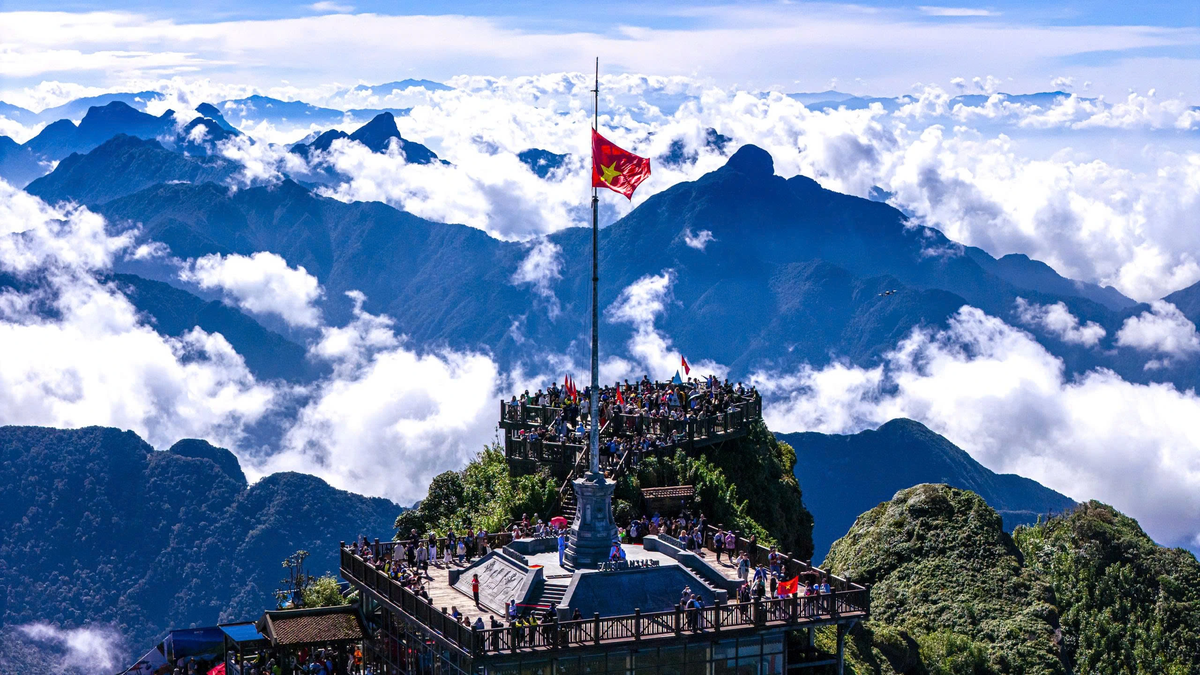


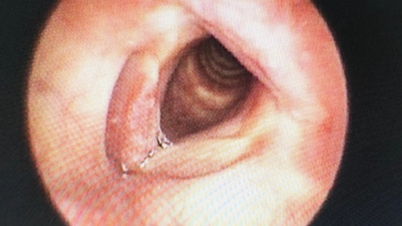



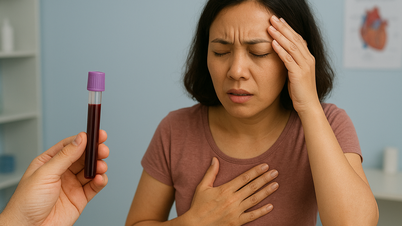

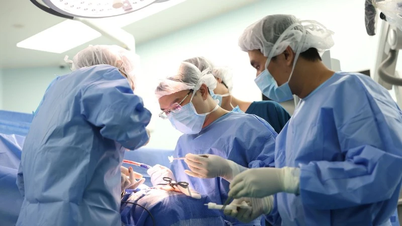

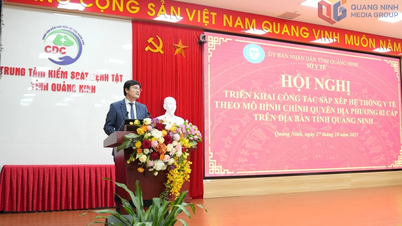
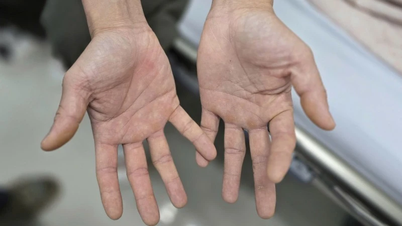










![[Photo] Party Committees of Central Party agencies summarize the implementation of Resolution No. 18-NQ/TW and the direction of the Party Congress](https://vphoto.vietnam.vn/thumb/1200x675/vietnam/resource/IMAGE/2025/10/27/1761545645968_ndo_br_1-jpg.webp)
![[Photo] National Assembly Chairman Tran Thanh Man receives Chairman of the House of Representatives of Uzbekistan Nuriddin Ismoilov](https://vphoto.vietnam.vn/thumb/1200x675/vietnam/resource/IMAGE/2025/10/27/1761542647910_bnd-2610-jpg.webp)



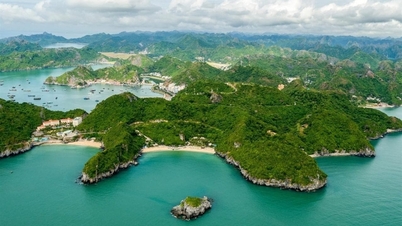

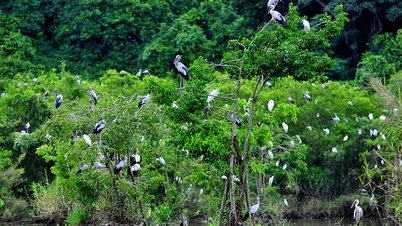



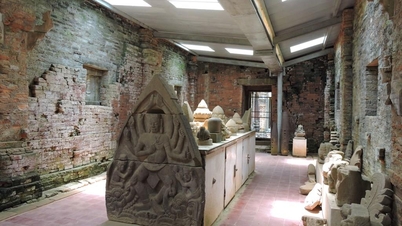



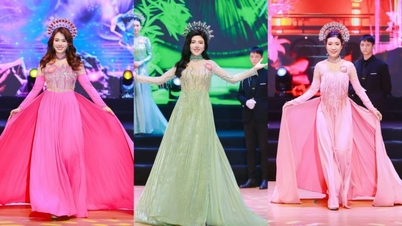

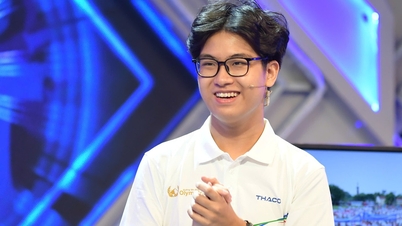


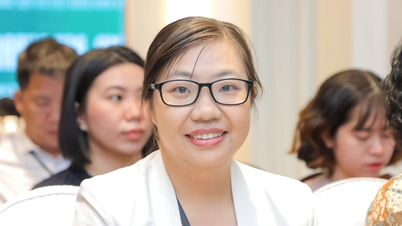

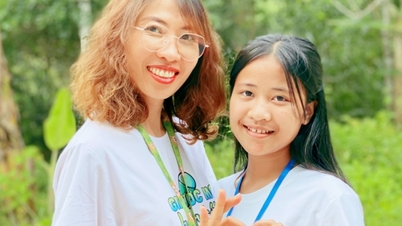
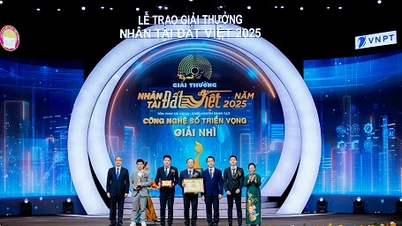

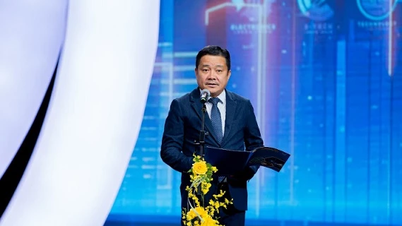

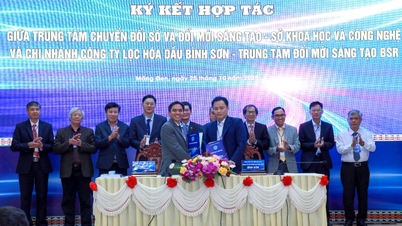
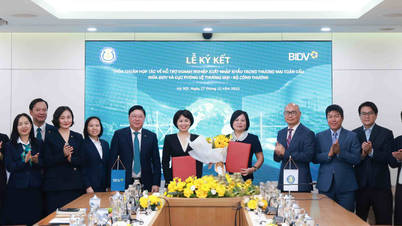




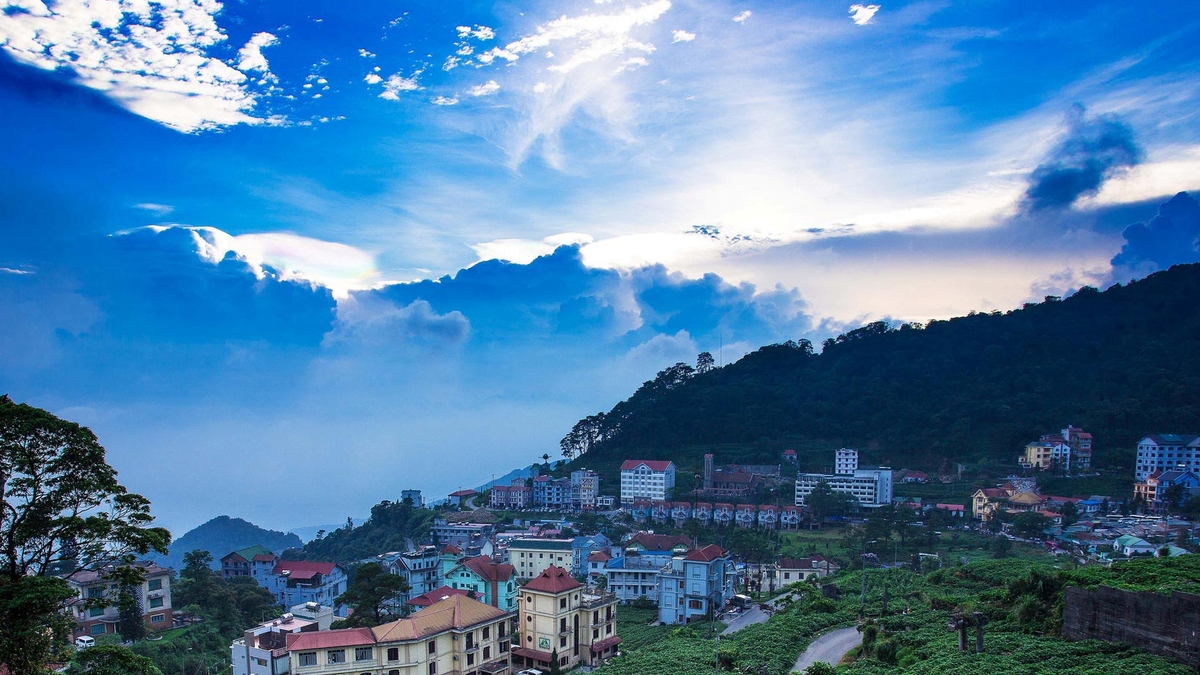
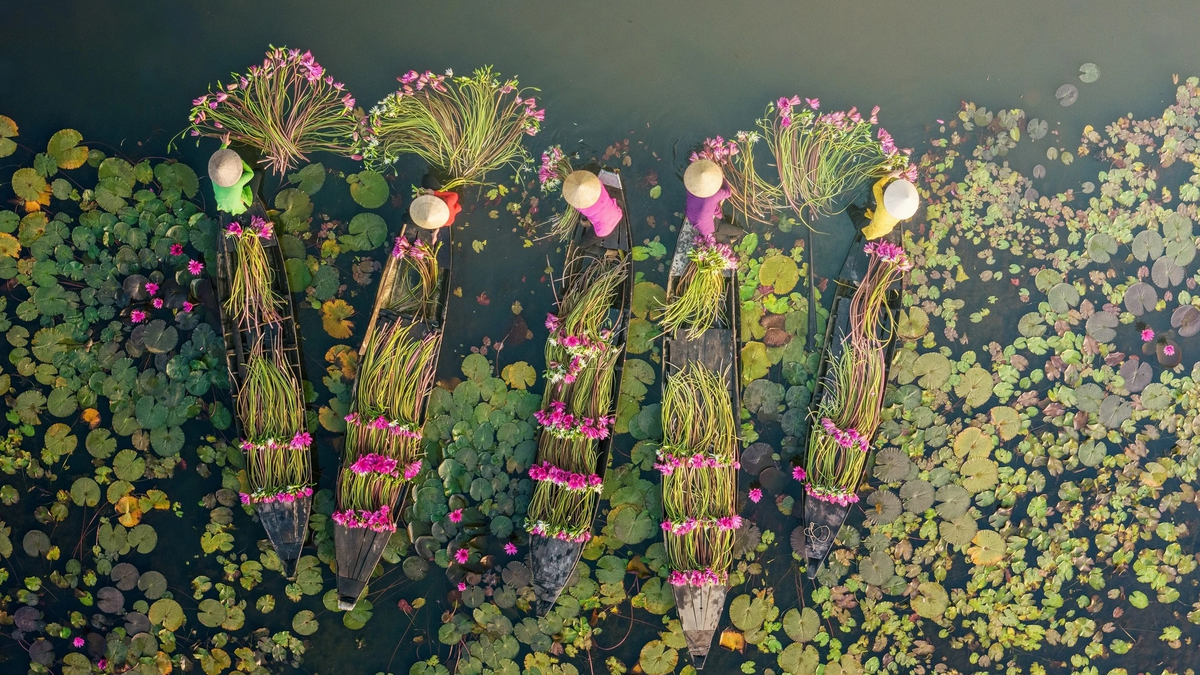
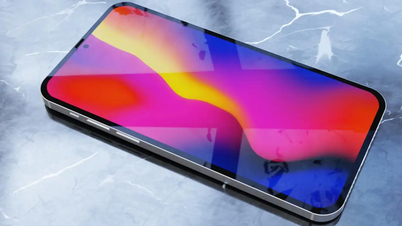
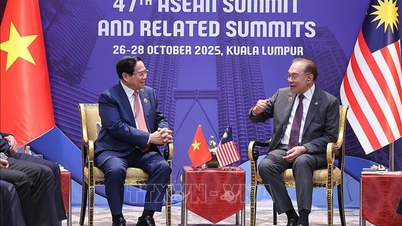

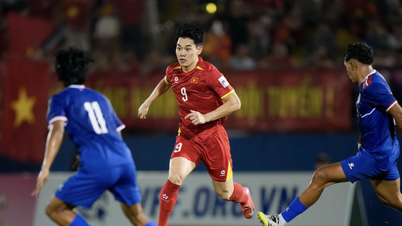



































Comment (0)